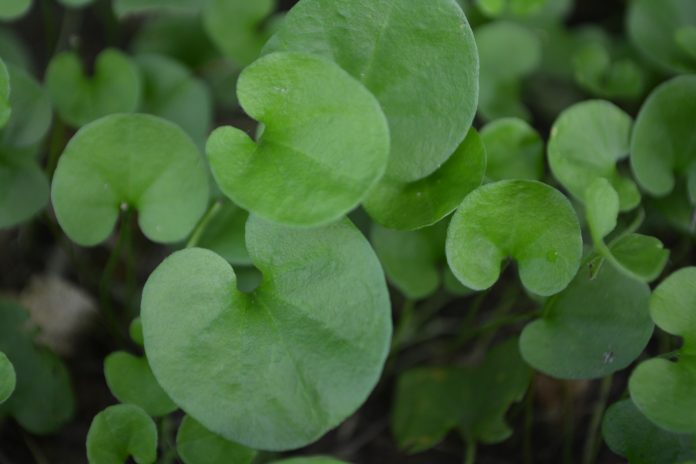
If you have a question about gardening in the North Texas area, send your questions and we will try to provide you with an answer. You can send your question to [email protected]
This question came from Mary H. she is moving into a new house and wants to plant vines on her fence.
My new yard has a chain link fence. I do not want to replace the fence with wood due to the cost. I would like to have some privacy. If I plant shrubs, they will take a long time to get big. The shrubs will need to be trimmed. I do not want the hassle. So are there vines that will cover the fence and look appealing. The fence line is about 40 feet in length. Can you tell me what vines would be best for my backyard fence?
Below the article there is a chart to help you decide. There are some basics that can help you choose the best vine for your yard.
Trumpet Vine
I would suggest that you do not choose trumpet vine. It has a beautiful flower that attracts birds and butterflies. These types of vine will most likely be unfriendly to your fence and your outdoor living space. Trumpet vines are fast-growing, woody vines and invasive species of vines. I can speak from experience. Over 15 years ago I planted one small (gifted) specimen. I have spent every minute since then trying to eradicate the vine. IT IS EVERYWHERE.
Wisteria
I also like the fast-growing Wisteria. Again, it can destroy a fence. It tends to twine into the fence and distort. Wisteria grows so rapidly, trimming is needed.
Honeysuckle
Third invasive is the Honeysuckle. Honeysuckle coils around trunks, branches, fence posts, and anything else within reach. It smothers plants below it and strangles trees and bushes it climbs. Today, it’s not uncommon to see whole woods entangled in honeysuckle vines.
NOW THAT WE HAVE COVERED THE NEGATIVE,
WE SHALL TALK ABOUT THE POSITIVE.
Caroline Jasmine
The bright yellow flower of Caroline jessamine is a good choice. It is a native to East Texas but does well in our area. The fragrant tubular flowers are a favorite of birds and hummingbirds. This vine will tolerant some shade or full sun.
Sweet Autumn Clematis
This hardy climber is a rampant grower that can reach to 30′ but can easily be kept in check by cutting stems back to 12″ in spring. It blooms on the current year’s growth, and unlike many Clematis, it will thrive and bloom well in partial shade. Plants are unlikely to bloom the first year, but expect them to begin blooming the second year







